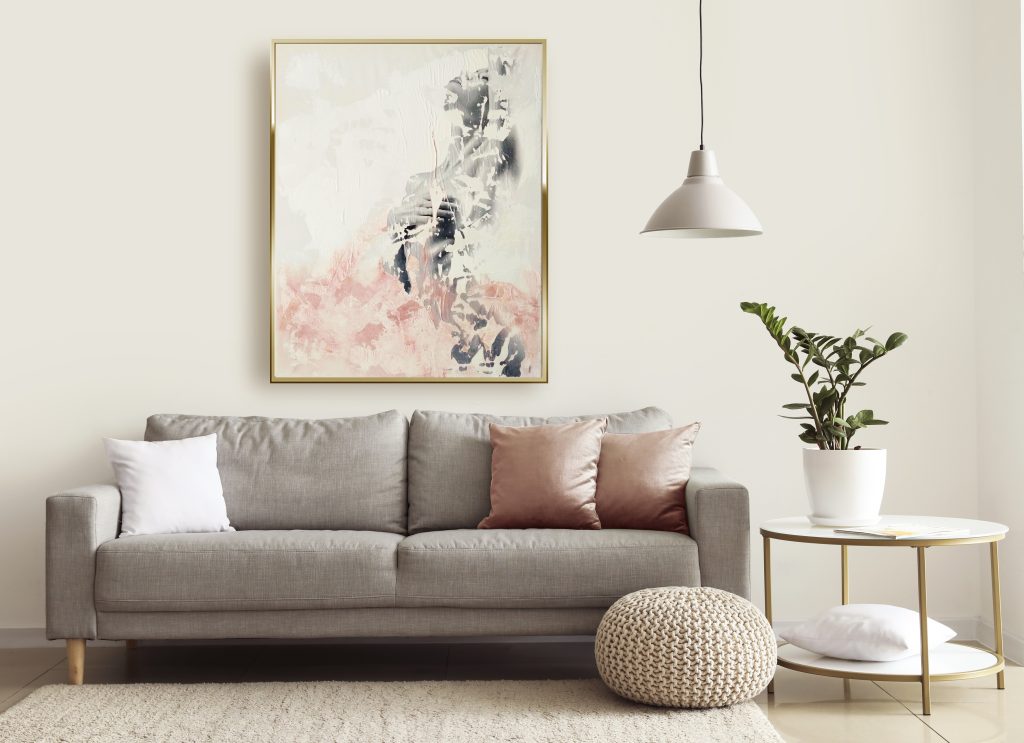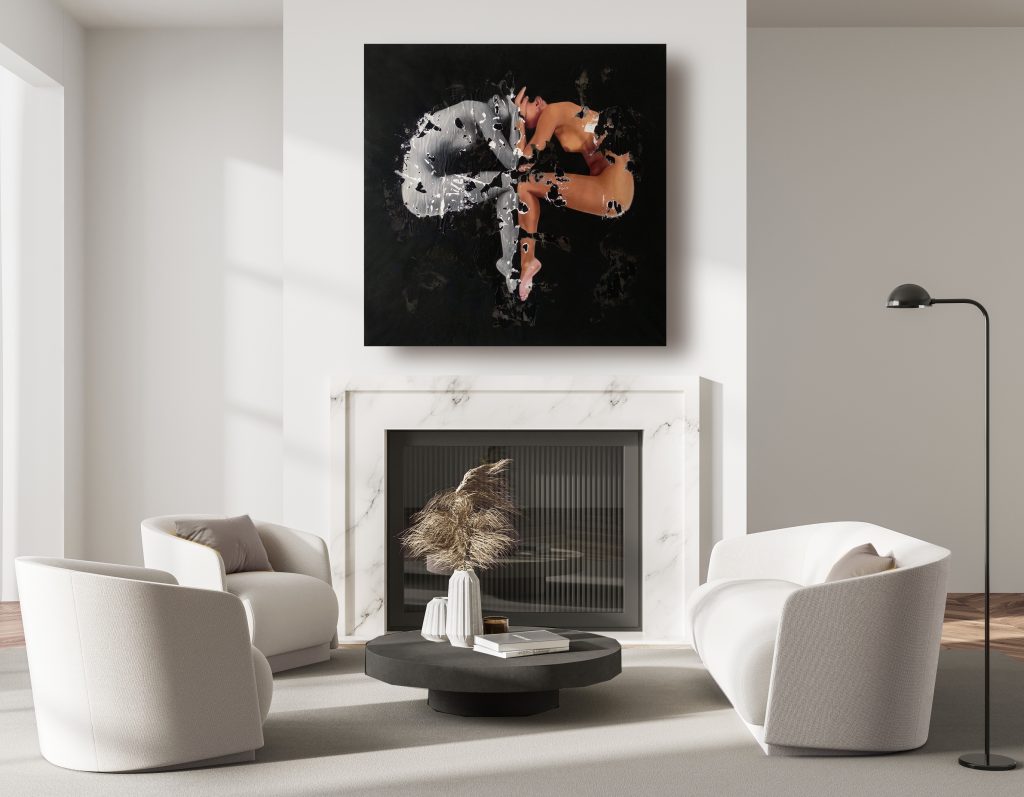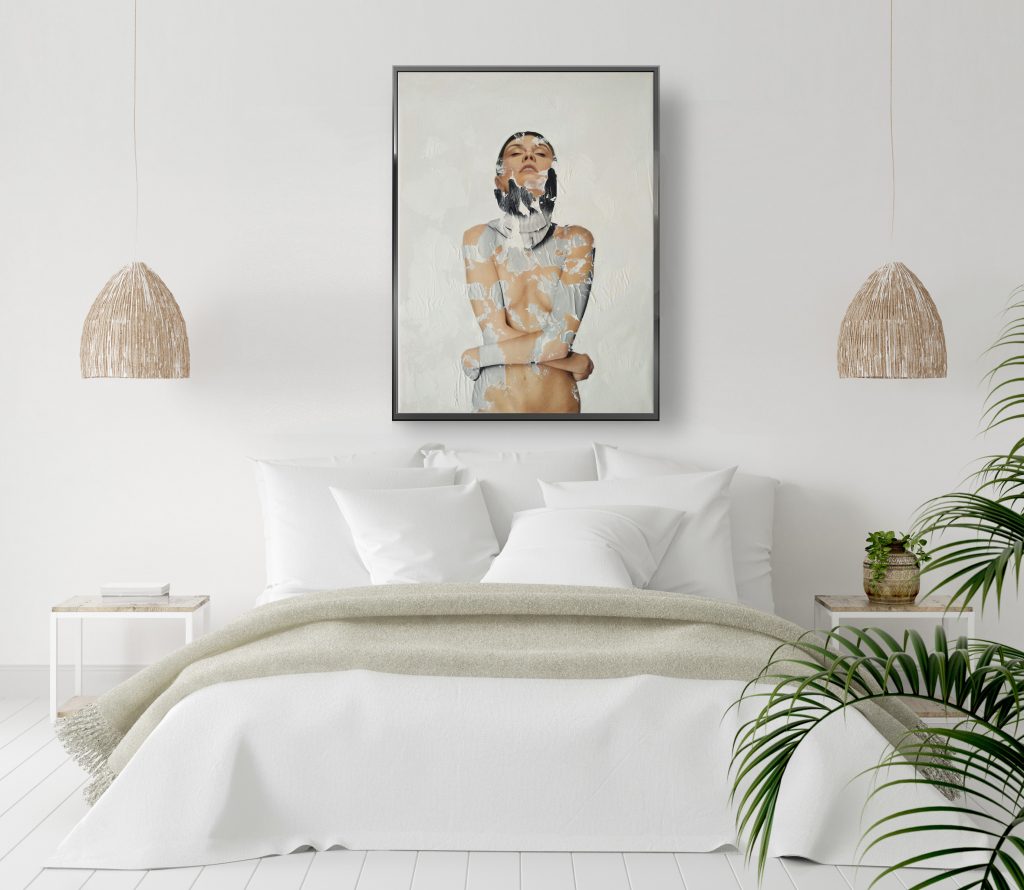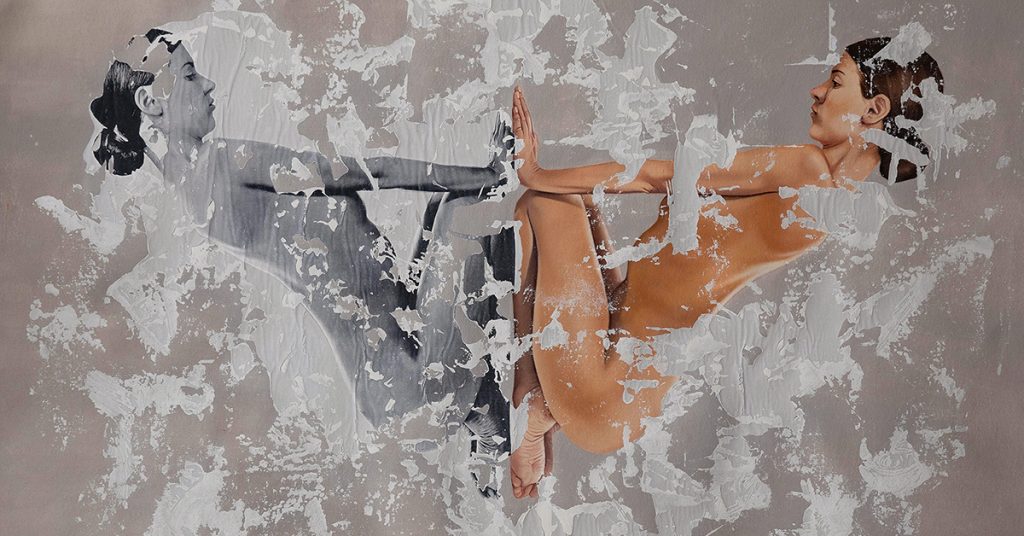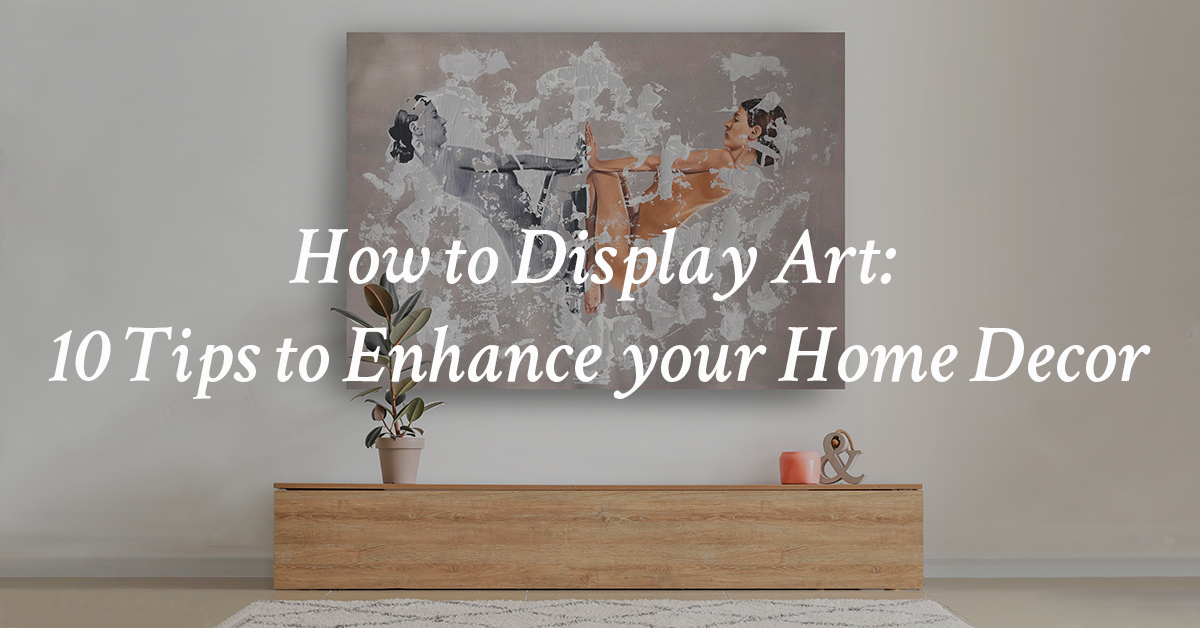
- Introduction
- Tip 1: Choose Artwork that Complements Your Décor
- Tip 2: Create a Gallery Wall
- Tip 3: Consider Scale and Proportion
- Tip 4: Use Proper Lighting
- Tip 5: Create Focal Points
- Tip 6: Mix and Match Styles
- Tip 7: Create Contrast
- Tip 8: Use Mats and Frames to Enhance Your Artwork
- Tip 9: Consider Placement
- Tip 10: Rotate Your Art
- Conclusion
Introduction
As a homeowner, you know that the right artwork can bring life and personality into any space. However, it’s not always easy to know how to properly display your art. It can be a daunting task to figure out where to place it, how to hang it, and what kind of lighting will best showcase it. In this article, we’ll give you ten tips for displaying artwork in your home to help you create a beautiful and cohesive look.
Tip 1: Choose Artwork that Complements Your Décor
When choosing artwork that complements your décor, it’s important to consider not only the colors in your space, but also the style and size of the artwork. For example, if you have a modern space with a black and white color scheme, you may want to consider black background paintings or white background paintings with minimalist designs. On the other hand, if your space has more of a traditional feel with soft, grey-pastel tones, you may want to consider artwork with similar color tones, such as grey-pastel tone background paintings.
Another factor to consider when choosing artwork is the size. Large paintings can make a bold statement in a room and serve as a focal point. Medium-sized paintings can work well in a gallery wall or as a standalone piece on a smaller wall. Small paintings can be great for adding visual interest to smaller spaces such as entryways or bathrooms.
Tip 2: Create a Gallery Wall
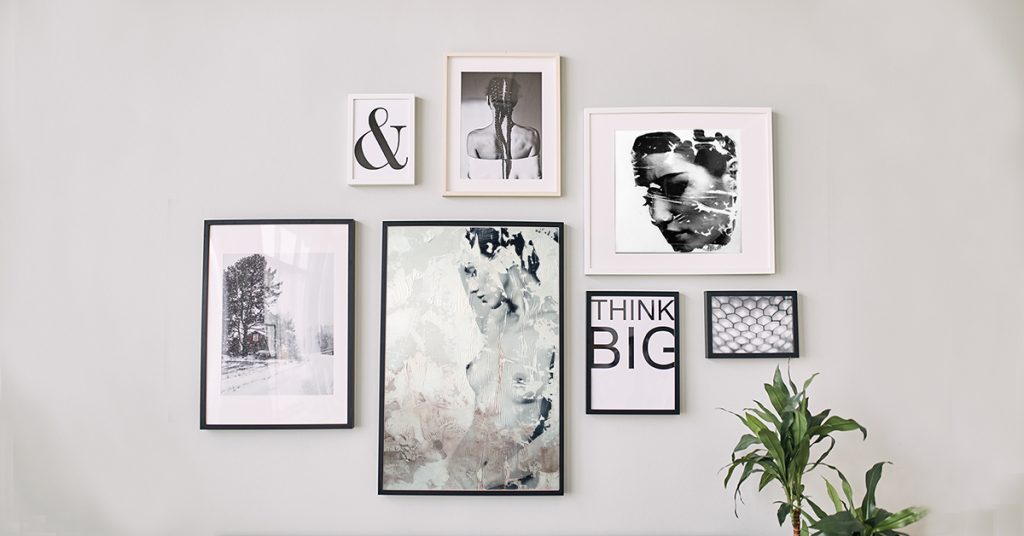
Creating a gallery wall is a wonderful way to showcase your favorite artwork and create a stunning focal point in your home. It’s important to choose a theme or a color scheme that ties the pieces together. For example, you could create a gallery wall with black and white portraits or a mix of abstract paintings with similar color palettes, if you want to know how to create a gallery wall with modern original art, in this article you´ll find everything you need to do it.
When it comes to arranging your artwork, there are a few things to keep in mind. Start by laying out the pieces on the floor and experimenting with different arrangements until you find one that you love. You can create a symmetrical or asymmetrical arrangement, depending on your preference.
Using a variety of frame styles and sizes can add interest and dimension to your gallery wall. Consider incorporating some larger paintings or photographs as anchor pieces and then layering smaller pieces around them. You can also mix in other decorative elements, like mirrors or wall sculptures, to add even more visual interest.
Remember to leave enough space between each piece to ensure that the artwork doesn’t look crowded. A good rule of thumb is to leave about two inches between each frame. You can use a level and measuring tape to ensure that everything is properly aligned.
A gallery wall is a versatile option that can be adapted to fit any room or style. Whether you want to create a statement piece in your living room or add some interest to a hallway, a well-designed gallery wall can do wonders for your home décor.
Tip 3: Consider Scale and Proportion
When hanging artwork, it’s important to consider the scale and proportion of your space. A large piece of art will look out of place in a small room, while a small piece of art will get lost in a large room. Consider the size of your wall and the furniture in the room when selecting the size of your artwork.
Tip 4: Use Proper Lighting
When it comes to lighting, there are several options to choose from. Natural lighting is great for bringing out the colors in your artwork, but it’s not always available or consistent. That’s why it’s important to also consider artificial lighting options.
For accent lighting, consider using track lighting or spotlights. These can be adjusted to focus directly on the artwork and highlight its details. You can also use picture lights that attach directly to the frame of the artwork, providing a more subtle and focused illumination.
Another important factor to consider is the color temperature of the light. Warm white light (around 2700K) can make colors appear more vibrant and inviting, while cooler white light (around 5000K) can create a more sterile and clinical atmosphere. Choose the color temperature that best suits your space and the artwork you’re displaying.
It’s also important to avoid placing your artwork in direct sunlight or under harsh overhead lighting, as this can cause fading or damage to the piece over time. Consider using UV-blocking glass or acrylic to protect your artwork from the damaging effects of the sun.
Tip 5: Create Focal Points
Creating focal points is an essential aspect on how to display art for interior design, and artwork can be an excellent tool to achieve this. When choosing a statement piece,
To create a focal point, choose a piece that is visually striking and display it prominently in the room. Use complementary colors and textures to draw attention to the artwork. You can also use lighting to highlight the piece and create a dramatic effect.
A large painting or a sculptural piece can be used as a focal point in a living room or dining room. For a bedroom, consider a statement piece above the bed or a gallery wall with complementary pieces. Remember that the artwork should complement the room’s style and color scheme, so choose wisely.
In summary, using artwork to create focal points is an effective way to add visual interest and depth to a room. Explore the unique artwork available at https://www.raullara.net/turn-your-home-into-a-masterpiece-with-raul-laras-art/ and choose a statement piece that fits your style and taste. Use complementary colors and textures to create a cohesive look and lighting to highlight the artwork and create a warm and inviting atmosphere.
Tip 6: Mix and Match Styles
When it comes to displaying artwork in your home, there are no hard and fast rules that dictate what should and shouldn’t be done. One tip that can help you create a visually appealing display is to mix and match different styles of artwork. Combining modern and traditional pieces can create a unique and interesting look that can add depth and character to your space.
For example, you can pair a modern abstract painting with a traditional landscape piece to create an eclectic mix. You can also mix different mediums like sculptures, photographs, and paintings to create a dynamic display that showcases your personality and taste. Experiment with different combinations until you find a style that speaks to you.
Keep in mind that when mixing and matching styles, it’s important to have a cohesive color palette and theme to tie everything together. This can be achieved through the use of similar colors or textures, or by creating a focal point that draws the eye to the artwork. By mixing and matching styles in a thoughtful and intentional way, you can create a display that is both visually stunning and uniquely yours.
Tip 7: Create Contrast
One of the key aspects of knowing how to display art is to create contrast. Contrast can add visual interest and depth to your space. Use contrasting colors, textures, and shapes to make your artwork stand out. For example, if you have a painting with bold colors, hang it on a wall with a neutral tone to create contrast. You can also mix and match different textures, such as a smooth canvas with a rough wooden frame. By incorporating contrast, you can make your art pieces more eye-catching and visually appealing.
Tip 8: Use Mats and Frames to Enhance Your Artwork
Mats and frames can enhance the beauty of your artwork. Choose a mat that complements the colors in your artwork and a frame that complements the style of your space.
Tip 9: Consider Placement
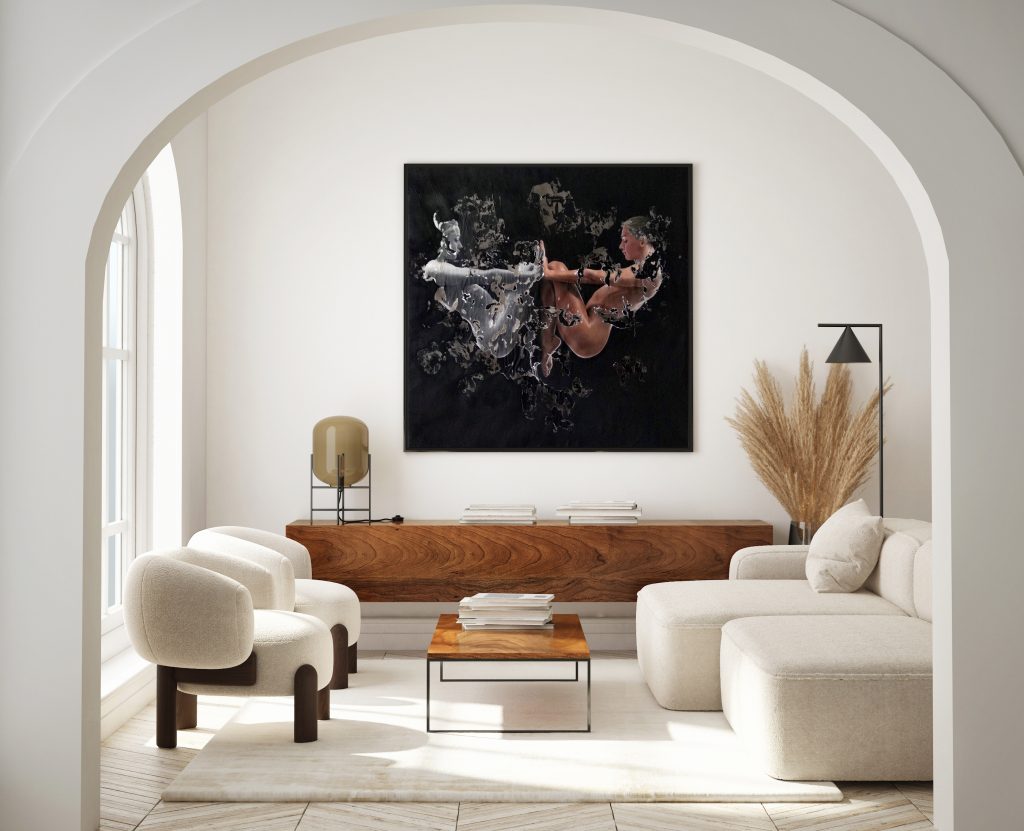
In addition to the height and placement of the artwork, consider the spacing between pieces. If you’re creating a gallery wall, leave some space between each piece to allow the artwork to stand out individually. However, be sure to maintain a cohesive arrangement and avoid leaving too much empty space.
Another factor to consider when placing artwork is the surrounding décor. If you have a busy wallpaper or patterned furniture, consider hanging art on a plain wall to avoid overwhelming the space. Alternatively, if your walls are neutral, consider choosing bold or colorful artwork to add some visual interest.
Lastly, consider the function of the room when deciding where to hang artwork. For example, in a bedroom, hanging a calming landscape painting above the bed can create a peaceful atmosphere, while in a dining room, hanging a large, vibrant abstract painting can make a bold statement.
Tip 10: Rotate Your Art
Another valuable tip in the realm of how to display art is to embrace the concept of rotation. Don’t feel confined to keeping the same artwork on your walls indefinitely. Instead, consider periodically rotating your art pieces to give your space a fresh and updated look.
Rotating your art serves multiple purposes. Firstly, it allows you to showcase different pieces that may have been stored away or hidden from view. By periodically swapping out artwork, you can breathe new life into your space and maintain a sense of excitement and visual interest.
Additionally, rotating your art provides an opportunity to change the mood and ambiance of your home. You can experiment with different themes, styles, or color schemes depending on the season or your personal preferences. For example, during the warmer months, you may opt for vibrant and energetic pieces, while in the cooler months, you may choose more cozy and introspective artworks.
Furthermore, rotating your art collection allows you to appreciate and rediscover the beauty of each individual piece. By giving them time to rest and then reintroducing them, you can develop a deeper connection with your art and fully appreciate their unique qualities.
To execute this tip effectively, consider creating a dedicated storage space for your artwork when it’s not on display. Properly store and protect each piece to ensure its longevity and preservation. This way, when it’s time to rotate, you can easily access and curate your collection.
Remember, art is dynamic and ever-evolving. By embracing the practice of rotating your art, you can keep your home visually stimulating, constantly evolving, and reflective of your evolving tastes and interests.
Conclusion
In conclusion, knowing how to display art can make a significant difference in creating an aesthetically pleasing home. By taking into account your space, using proper lighting, and mixing different styles, you can achieve a cohesive and visually appealing look. Remember to have fun and be experimental with your placements and styles to find what works best for you.

